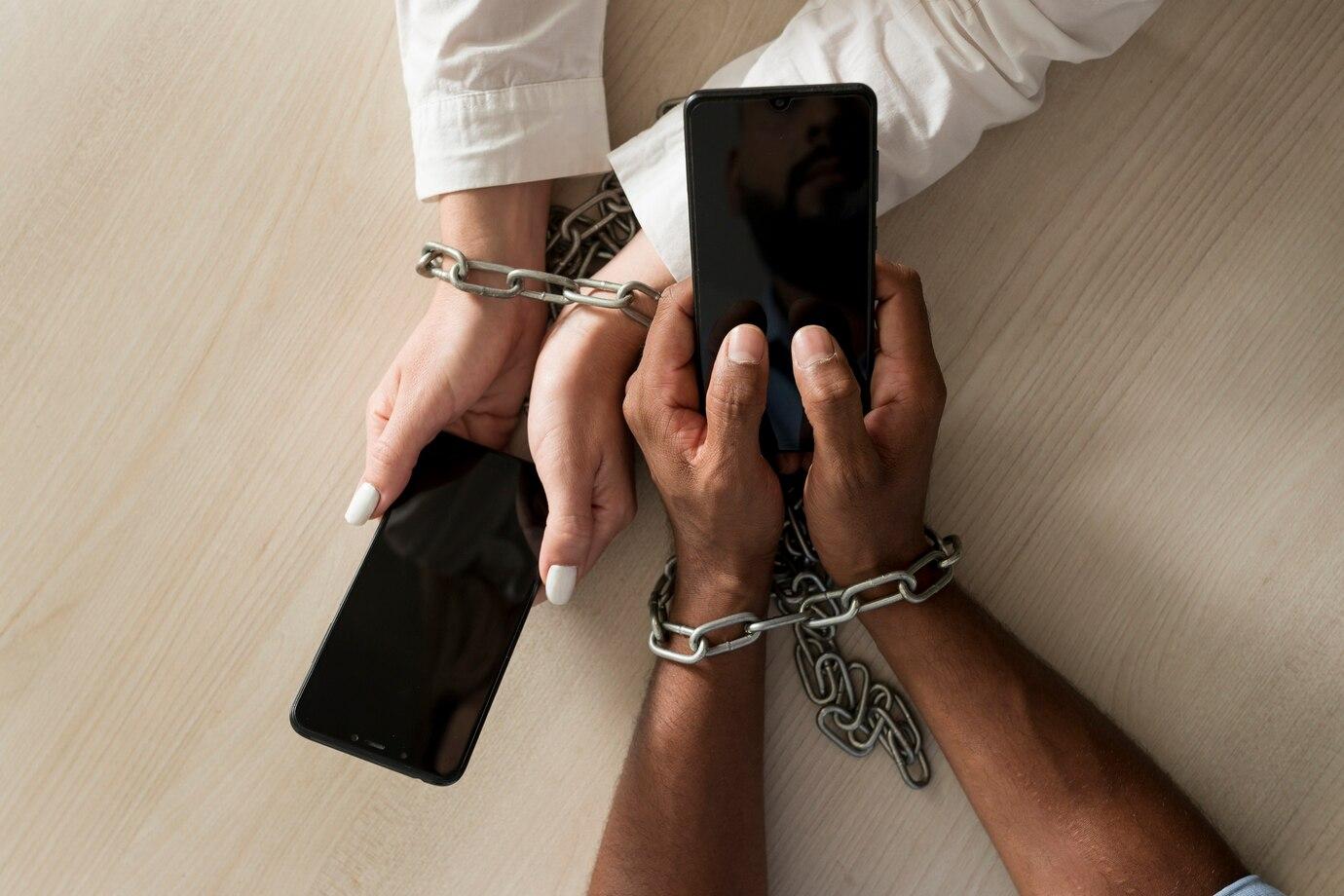In today's world, phone scams are becoming increasingly common. With the rise in smartphone use and modern technologies, scammers find new ways to deceive. One of the most sophisticated methods is number spoofing. This article will explain how such schemes work, how to avoid being deceived, and how to protect your personal data.
Understanding the Number Spoofing Scheme
What is Number Spoofing?
Number spoofing is a process where scammers use special technologies to change the number that appears on your phone. Thus, when you receive a call, you see a number on the screen that may be familiar or even trustworthy. This creates an illusion of legitimacy and increases the chances that the victim will answer the call.
Modern technologies, such as VoIP (Voice over Internet Protocol), make such spoofing quite simple. Scammers can alter their numbers in real-time to create the illusion that a call is coming from a bank, government agency, or other reputable institution.
How Do Scammers Catch Victims?
Scammers use various tactics to persuade victims. For example, they may claim that you have won a prize that requires verification of your identity or report suspicious activity on your bank account. The main goal is to evoke a sense of urgency or excitement, leading to a quick reaction.
Some scammers even use number spoofing to create a fake identity. They may pretend to be customer support representatives, bank employees, or government officials. Such calls often start with phrases aimed at building trust, after which victims may be pushed to provide their personal data.

How to Recognize Fraudulent Calls
Pay Attention to the Phone Number
The first sign that should alert you is the phone number. If you receive a call from a number that does not belong to your bank or local service, it is worth being cautious. Scammers often use numbers starting with 900 or 800, which may seem legitimate. Instead of confirming this legitimacy, it is best to call back a known number of your bank or other institution.
Suspicious Requests for Personal Data
If the caller starts requesting personal data such as card numbers, passport details, or passwords, this should also serve as a red flag for you. Respectable and legitimate organizations will never require such information over the phone. If it is a bank service, they may ask you to verify some data, but in these cases, they will offer you to call back for further clarification.
Conversation Logic
Pay attention to the conversational style. Scammers often use standard scripts that may be repetitive and lack a personal touch. If you feel like you're being "scammed" out of money, it's better to end the conversation and analyze the situation.

Phone Call Safety Rules
Installing Fraud Prevention Software
Today, there are various applications that help identify fraudulent calls and block them. These apps can recognize incoming calls and display warnings. Installing such software significantly enhances your call security and helps prevent fraud.
Learning to Use Safe Communication Channels
If you receive a suspicious call, instead of answering questions, note the number and call back on the official line of your bank or counterparties. This helps ensure the legitimacy of the request. Refusing to provide information to unknown numbers is a reasonably sensible and safe policy.
Using Additional Login Protection
Many banks and online services offer two-factor authentication to protect your personal information. This means that accessing your data requires not only a password but also an additional code sent to your phone. This measure can significantly reduce the likelihood of scammers gaining access to your personal information, even if they know your password.

Protecting Personal Data
Personal data is not just names and addresses. It is your financial information, accounts, and passwords that can be used to access your accounts. Every time before sharing such information, it's important to question how necessary it is.
How to Minimize Data Leaks
One way to minimize risks is to use different passwords for different services. If one of your accounts is compromised, others remain safe. Additionally, regularly update your passwords and use complex combinations of letters, numbers, and special characters.
Today, social media is an important source of information for scammers. They can use your posts to create plausible stories and try to manipulate you. Limit the privacy level on your pages and avoid posting excessive information.
Before disclosing any personal information over the phone or online, always verify who you are speaking with. If the caller asks you to confirm your details, do not hesitate to call back on the official number.

Scammers often use pressure to force you to make decisions in a hurry. If you feel pressured, pause the conversation and conduct your own research. Legitimate companies will never demand urgent actions from you.
Caller ID spoofing scams are a real threat that requires attention and vigilance. Understanding how scammers work, recognizing signs of deception, and following simple safety rules will help protect you from phone fraud. Use technology, verify information, and be careful with your personal data. Your safety is in your hands.
